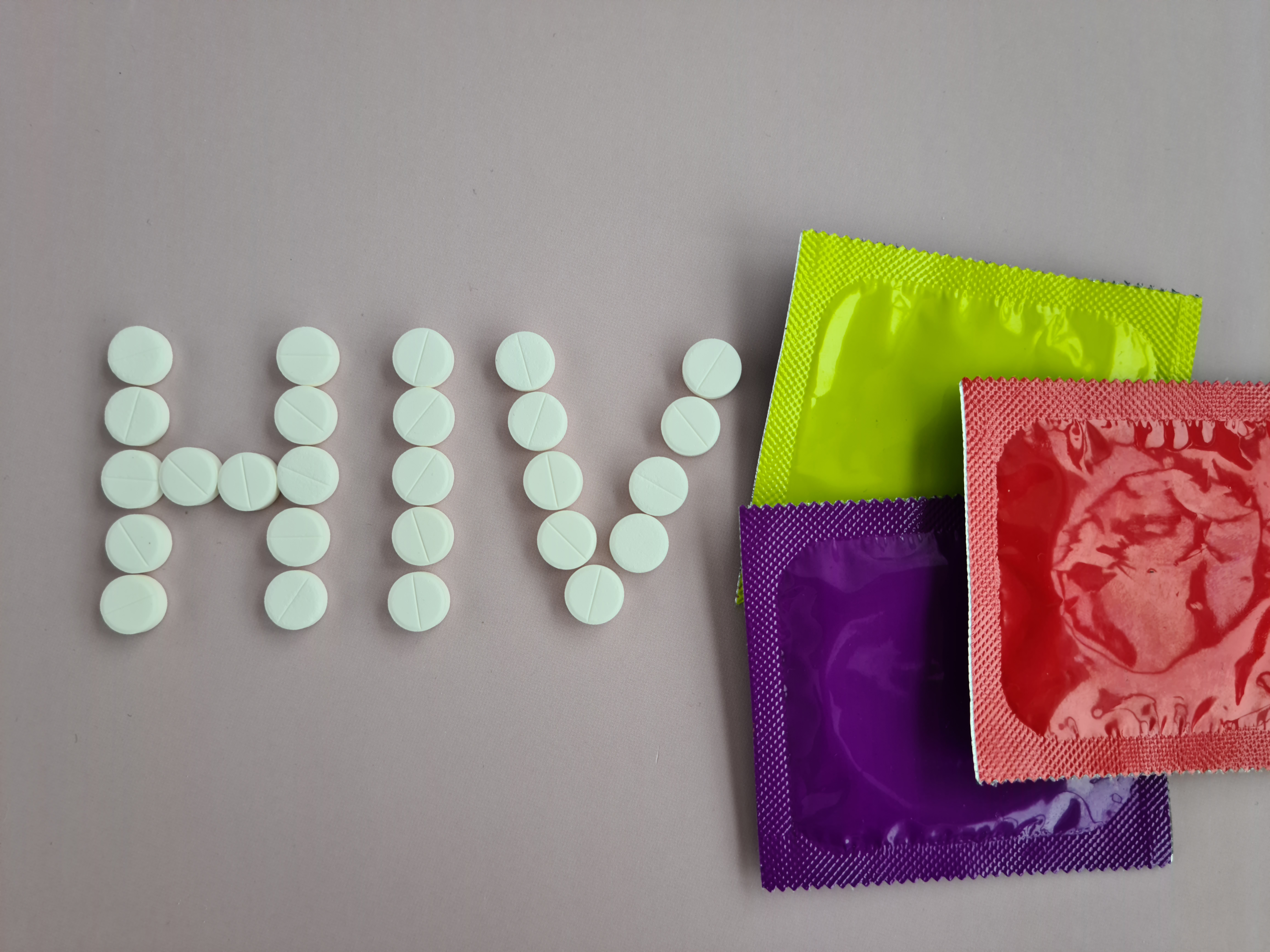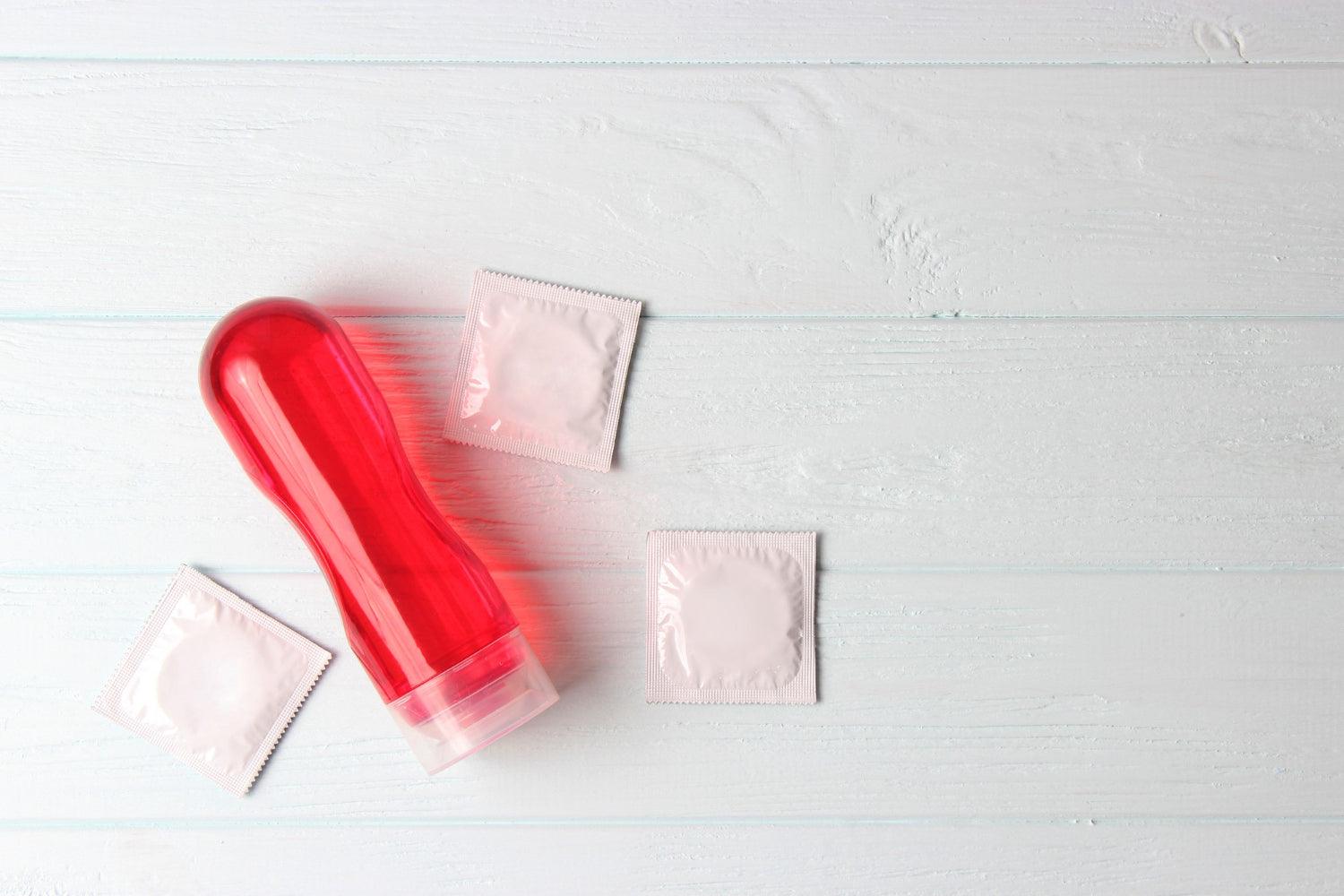
 Instagram
Instagram

Related products
The lack of sexual health education has created many rumours about sexually transmitted infections, such as the notion of 'blue waffle'.

People can often be more aware of their sexual health than their overall health, making them prone to rumours and false information about sex, sexual issues and sexually transmitted diseases.
The fictitious blue waffle disease hoax is a classic example. How did this rumour emerge, and what is the scientific community's opinion about it? Is it genuine or fake? Is there a possibility that it could be another disease with similar signs and symptoms? What can you do to ensure your safety from STIs? Let's discuss this.
Blue waffle disease, an imaginary sexually transmitted disease
The so-called 'blue waffle disease ' is a hoax created on the internet. Many fake photos are circulating on the internet, which show a bluish labia, itching and irritation of the vaginal area and unusual discharge. "Waffle" is a slang term used to refer to the vagina. So, the 'blue waffle' was used to describe a condition that caused the vagina to turn blue.
The aurora surrounding this disease caused the scientific and medical world to dig out the facts about it. Despite all internet sensations, the condition proved to be a rumour.
How did the idea emerge?
The idea of blue waffle disease emerged in 2010 when photos started circulating on the internet, which showed blue-tinted, scabbed and infected labia. The disease was a popular google image search topic. These photos convinced many people of the existence of a disease.

The healthcare professionals and researchers were profoundly surprised because no such STI was known that turns the vagina blue. Still, the rumours continue to circulate, and people remain worried that they could get this disease.
What is the view of medical professionals?
As per the rumours, the other manifestations of the disease were very similar to other STIs, e.g., chlamydia, trichomoniasis, gonorrhoea etc. But not only such a disease is absent in medical websites, periodicals or reputed textbooks, but many prominent medical professionals have also rebuked it.
Dr Anita Ravi, MD
Dr Anita is an American practitioner. The rumours caused her to explore the truth behind this disease. She published an article in the Annals of Internal Medicine in 2017. In this article, she confirmed that the condition is not actual and is an elaborate internet hoax created by someone with excellent photoshopping skills.
Christine Greves, MD
Dr Christine is a gynaecologist, she also confirmed that the disease was inaccurate and she had not heard about it. She advised the women to get checked if they have the symptoms because it could be a sign of another STI.
How the hoax survived?
Despite all these rejections, the hoax continues to persist. It is a part of human psychology to pay more heed to false news. According to a recent study published in 2021, fake news spreading on social media has a faster public reach than authentic and proven research. But such information caused fear and panic.
Moreover, the internet has thousands of websites which provide various descriptions of the disease, and it is virtually impossible to scan all of these sources for authenticity. The general public needs to be made aware of the causes of STIs and how they spread. This fact has made a significant contribution to the spread of these rumours.

Read more: What are the most common STIs?
Can frequent unsafe sex cause any symptoms similar to blue waffle disease?
It is important for people to understand that regularly engaging in sex and sexual activities will not cause side effects. However, not all sexual experiences may be so pleasant for one or both of the partners.
For example, many people experience uncomfortable friction during sex due to vaginal dryness, particularly when no lubricant is used. Similarly, rough sexual intercourse, in some cases, can injure the vaginal tissues causing swelling and inflammation. These events create a suitable situation for the development of infections. Some symptoms of these vaginal infections can resemble the so-called blue waffle disease. These include,
-
Painful and uncomfortable sex
-
Burning sensation during urination and sex
-
Swelling, burning and itching around the reproductive organs
-
Odorous and unusual vaginal discharge
However, there is no proof that any vaginal infection can turn the vaginal area blue, as claimed in the blue waffle disease. It is the central argument used by doctors to refute it.
Can other sexually transmitted infections cause similar symptoms?
The medical community was unanimous from the start. However, an idea gained popularity that some other STI (s) may be causing similar symptoms and be misidentified as blue waffle. The symptoms of this blue waffle disease were similar to other STIs, e.g.,
-
Vaginal itching and irritation
-
Unusual vaginal discharge
-
Swelling or discolouration of the vulva or vulval lips (labia)
These symptoms are common to any vaginal infection, allergic reactions, and other well-known STIs. The allergic responses followed by intense irritation and scrubbing can cause colour changes in the local area (not anywhere close to blue, however). The vaginal thrush (yeast infection) can also cause swelling and redness on the outside area.

Similarly, genital herpes (caused by the herpes simplex virus) can also cause ulcers and blistering sores, which eventually become scabs. But, it in no way can cause total blueish colour.
You might not have blue waffle disease, but you can get other actual sexually transmitted infections and need frequent testing for these diseases. Our All-in-One STI Test is excellent for this job. It detects the presence of all common STIs, e.g., hepatitis B, trichomoniasis, gonorrhoea, chlamydia, HIV and syphilis, through a single blood test.
Mystery unfolded
This issue started as a benign and silly prank. However, it attracted attention and causes distress and panic in the general public. One of the legacies of this hoax was that it created a trend called the 'Munchausen by Internet' in which some people engage in purpose disease manufacturing to gain popularity and attention.
The issues were so severe that the Journal of Medical Internet Research published an advisory in 2012 (mere two years after the start of the hoax) to advise professionals and ordinary people. Some people tied this phenomenon to their interpretation of sex and sexuality and propagated that sexually active women and men are 'immoral' and 'abnormal' and that such diseases are a natural punishment to cause them to pay for their sexual behaviour. This, however, is entirely untrue and is fuelled by misinformation caused by alternative lifestyles and old-fashioned thinking.
As the disease was shown to influence only women, it was taken by the opponents of feminism to reinforce their arguments in the general public about women who take part in frequent sexual intercourse. Ironically, men also started to brag about 'blue balls', which is a term to describe when they have been unable to take part in sexual activities themselves.

Regardless of the purpose, these rumours can sow the seeds of discomfort in the general public and create confusion and misinformation about STIs despite all refutations by professionals.
How can you prevent STIs?
The blue waffle disease is not real, but sexually transmitted infections are a reality. You should keenly observe the symptoms similar to blue waffles or other conditions and report them to your doctor. Safe sex practices are essential, particularly for sexually active people. They will reduce the risk of STIs and keep you healthy and safe for your partner.
These include;
-
The use of dental dams (for oral sex), latex condoms etc., to protect against exposure to the viruses and bacteria that are responsible for most STIs. Birth control pills, however, don't give any protection from STIs.
-
Another used practice is to undergo regular testing for common STIs, even if you are using other measures to reduce the risk. Early detection makes it easy to treat the situation.
Follow the guidelines of professionals about the testing schedule. However, the testing guidelines are as follows;
-
Testing for HIV is recommended at least once and after any exposure for all people in their reproductive years (13-64 years).
-
For pregnant women, testing for hepatitis B, HIV, syphilis, chlamydia and gonorrhoea is recommended at the start of pregnancy.
-
For chlamydia and gonorrhoea, annual testing is recommended for people who are at risk.
Sex education is essential to curb the spread of hoaxes
Sex education is essential to make people aware of routine sexual issues and for proper disease control and prevention. However, the sources of information should be carefully selected. The blue waffle hoax is an example of how people can get and spread fake news from unauthorized internet sources.

Although sex educators throughout the country have rejected this myth, it continues to survive and reach people via the internet and word-of-mouth. Therefore, it is necessary to have a more comprehensive sex education program that covers all segments of society, including teens and children.
Without such education, people reach out to the internet and other sources of information, becoming prone to hoaxes and rumours. Young people are particularly prone to STIs because they are frequently expected to have more frequent and unsafe sexual contact and are likely to use unhealthy sexual practices.
Bottom-line
Given the sensitivity of the general public to topics related to sexual health and sexual diseases, some unauthorized sources on the internet spread a hoax about the so-called blue waffle disease, which is claimed to cause the bluish vulval area and other signs and symptoms.
Although the other signs are often reported with various other STIs, none has been known to cause bluish labia and other blue waffle symptoms. The medical community has unanimously rejected the presence of any such disease. Routine testing for STIs, using safe sex practices and comprehensive sex education will reduce the risk of STIs and curb the spread of hoaxes about sexuality and sexual health.

In case of any complexity, resorting to concerned professionals is the best thing to do. Our experts are available to guide you through any issues related to your sexual life. Our website contains information, products, diagnostic home blood tests and advice related to sexual health.






















 Rated Excellent by 26,523+ Reviews
Rated Excellent by 26,523+ Reviews